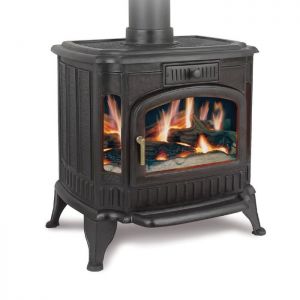Gas Stoves – A Blend of Comfort and Competence
Fireplaces have always been the center of attraction for homeowners who used it for centuries for staying warm, relaxing and cooking their meals. With the passage of time, fireplaces have become more of a home décor item than a necessity, but the allure of fireplaces has not diminished a bit. The changes in the design and technology of fireplaces have introduced an innovative range of wood burning stoves and gas stoves. Most of the homeowners today are opting for gas stoves given the ease of maintenance, heat outputs and the freedom from sound or smell that a traditional wood burning fireplace is likely to release.
Homeowners willing to add a gas fireplace in their home have three options before them. They are:
- Gas Inserts: This is a fireplace that can be installed into an existing wood burning fireplace.
- Log Sets: Gas burners that sits into an existing fireplace and is more for appearance than functional.
- In-Built: A fireplace that can be fitted into the wall anywhere in the house without the need for a previous fireplace to exist.
Although, most of the gas stoves or fireplaces do not leave smoke or dirt residues like the traditional fireplaces, they do emit carbon monoxide and other chemicals. Modern gas stoves offer you the choice of having “ventless” or “vented” gas stoves. Vented gas stoves create exhaust that is very similar to burning real wood fire and so needs to have a chimney whereas, ventless gas stoves are specially designed gas burners that produce little or no exhaust.
A gas stove like any other product has its own set of pros and cons but the logical deductions indicate that if you must rely on fossil fuels for heating homes, a gas stove is the best option.
